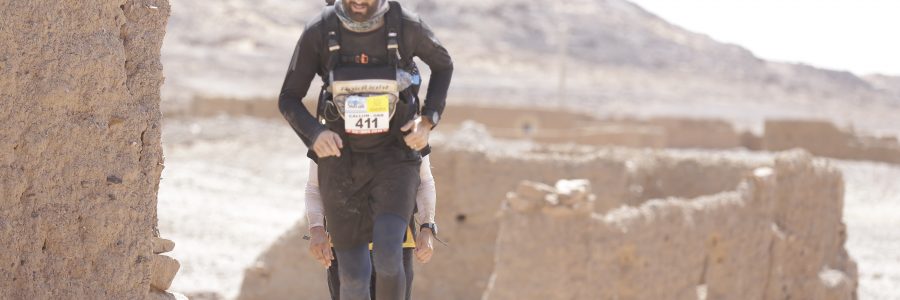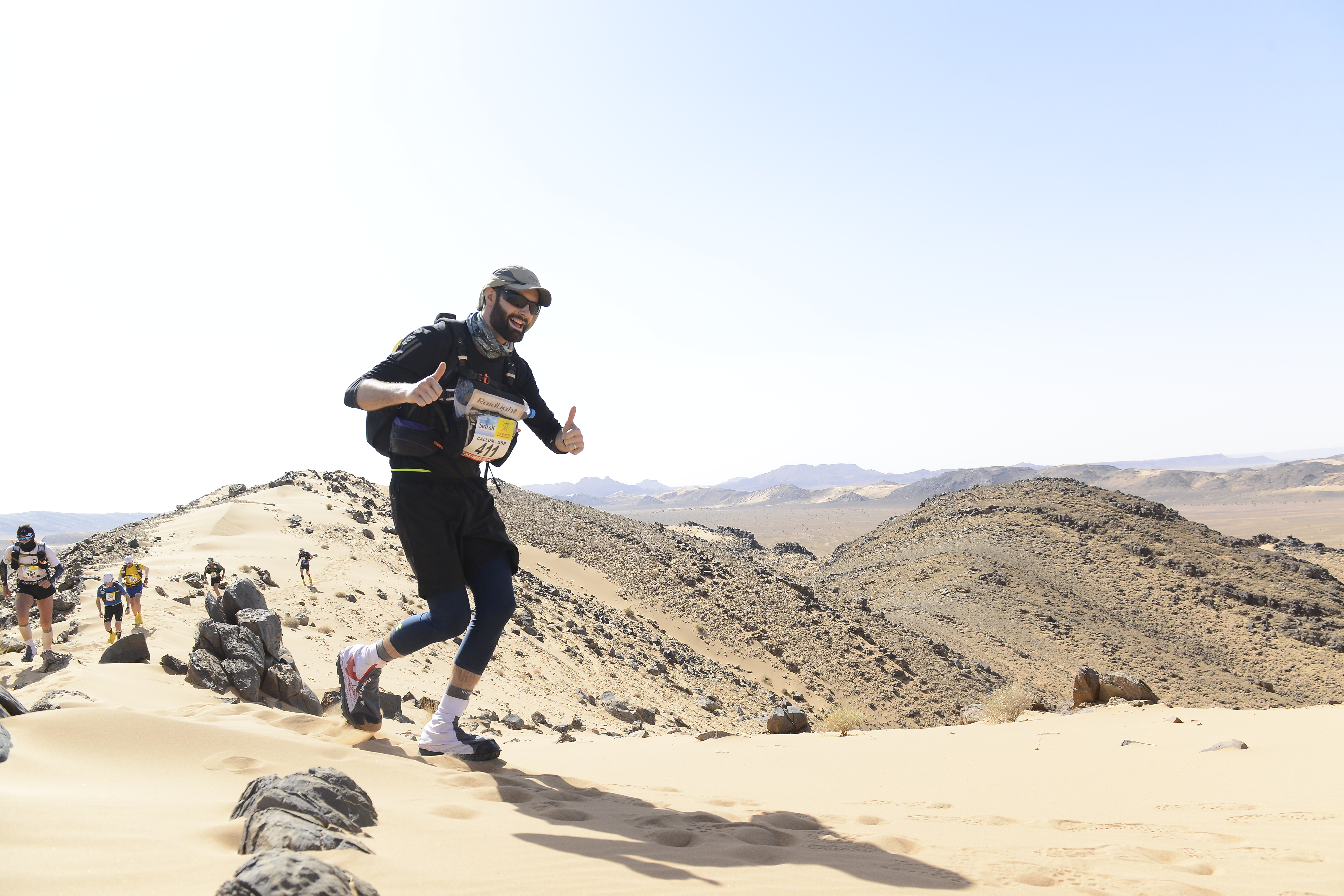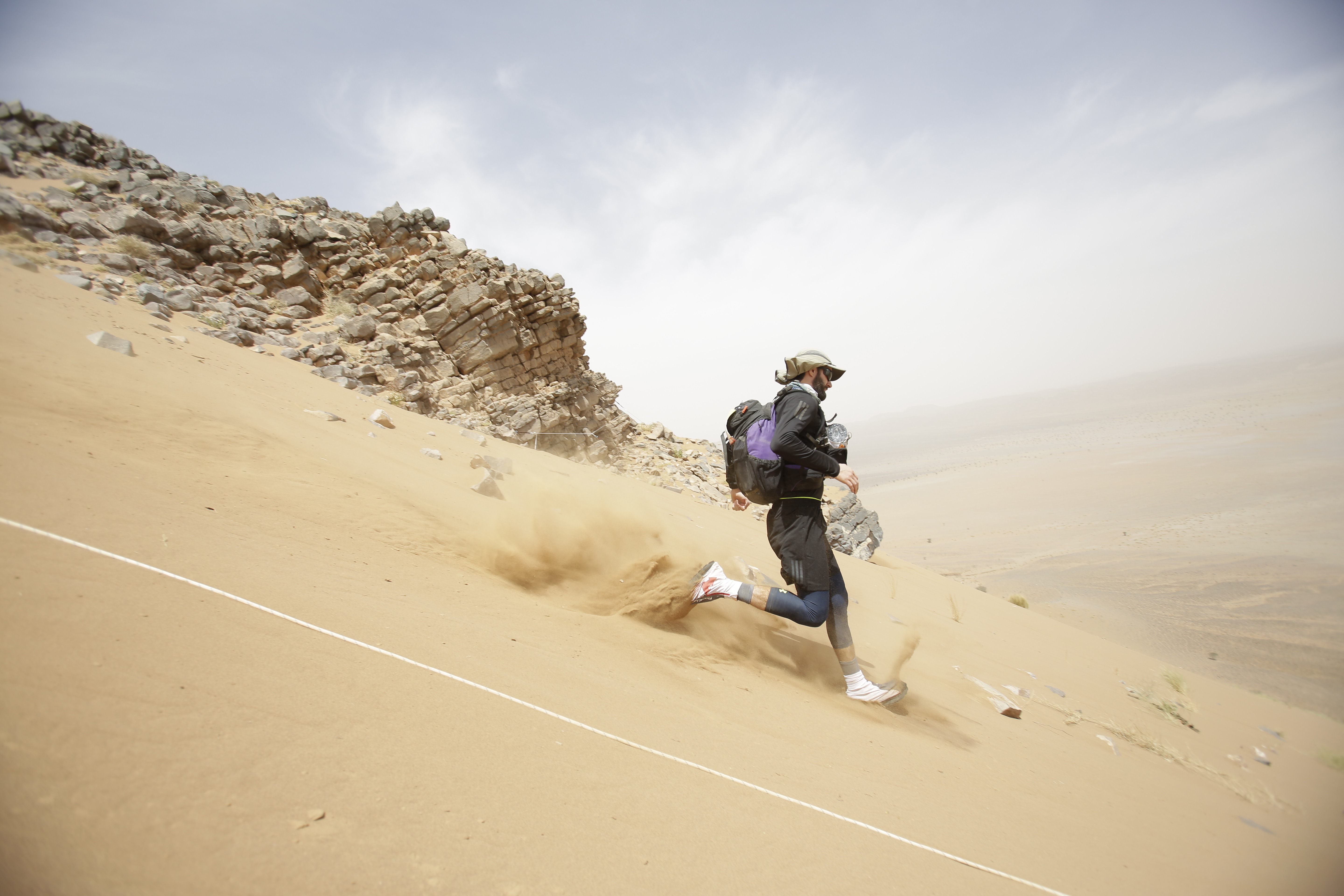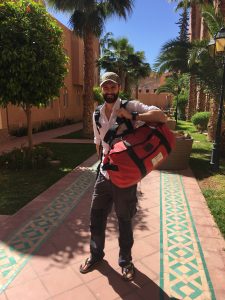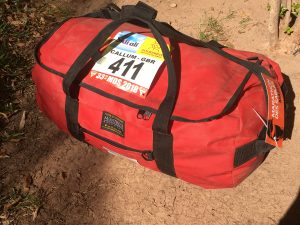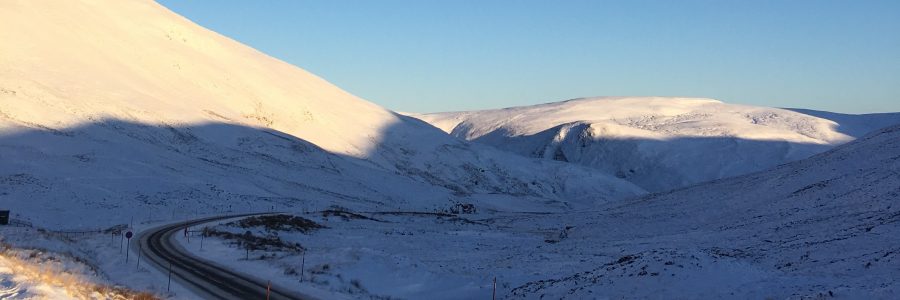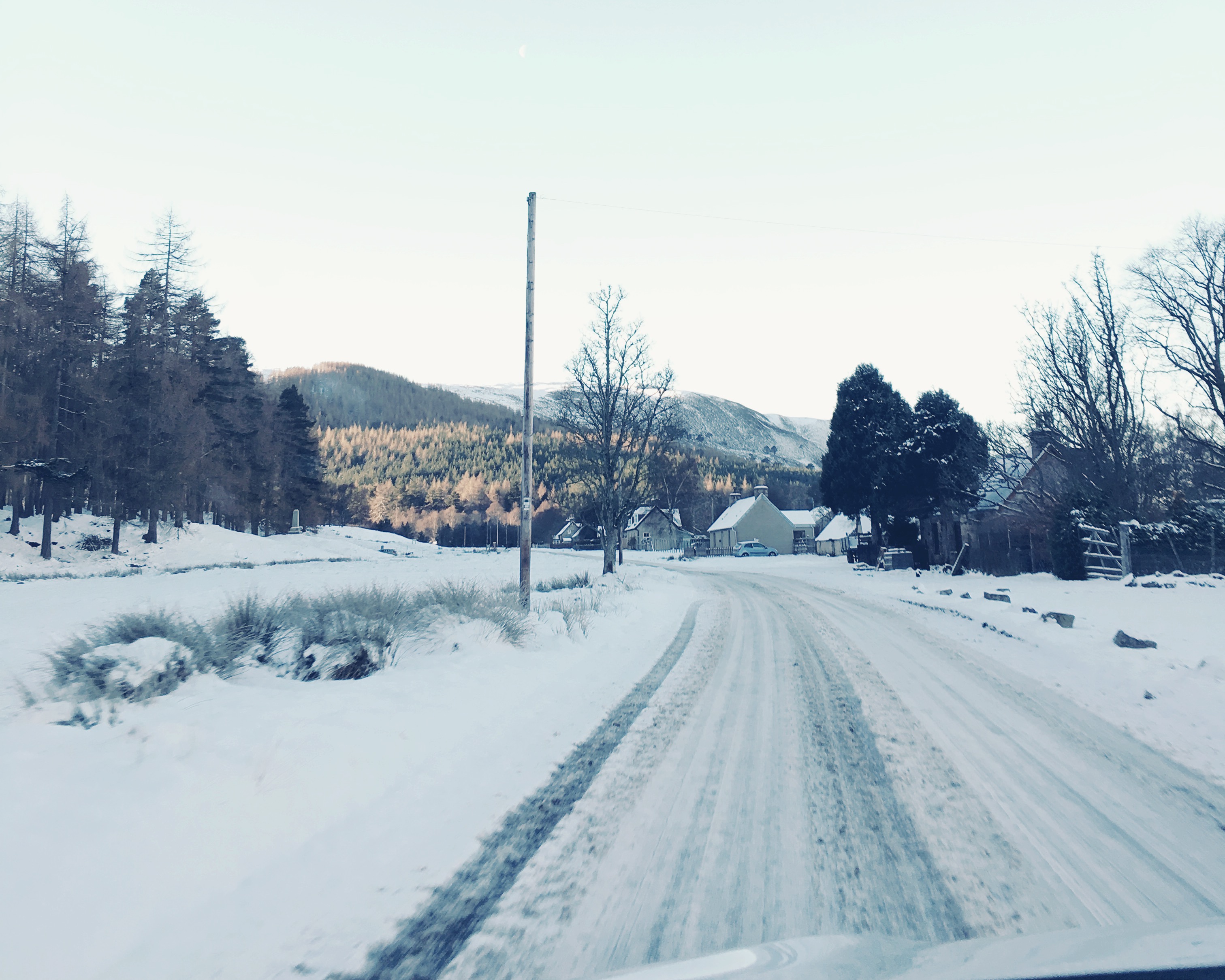The gear you choose takes up a lot of time and may or may not make a huge difference in how you do during the Marathon Des Sables. I’m going to go through my kit list, gear and clothing choices and let you know how I got on.
Kit List: Clothing:
I left the clothing choice until quite late in the day, as I could never really make my mind up. Everything said to take compression shirt and shorts but I’ve never really liked compression gear for running. In the end my priority was skin coverage and something that wasn’t too tight or too billowy. I went for an Adidas response long sleeved t-shirt (Adidas Shirt) and shorts (Adidas Shorts), both made of climacool material that may or may not have kept me cooler (who knows!). Both performed really well but the label placement on the inside from seam of the shirt doesn’t help when your wearing a rucksack waist belt.
To get the skin coverage I also wore some UnderArmour Heatgear ¾ leggings (Leggings). This was really out of fear of sunburned legs (note my first post on the blog). These were great and I didn’t get overheated in them. If was to do it again (I have no plans to) I would leave the leggings and just make sure to use some good sunscreen. It would be nice to have a bit more air circulation.
I went with a two sock approach the first were some injinji merino liner socks (Injinji Liner). These were great and prevented my toes from rubbing together. On top of these I wore some Darn Tough Merino ankle socks (Darn Tough Low).
Finally on the clothing front I wore a pair of Altra Lone Peak trainers. Altra make some great trail running shoes. Altra shoes are all zero drop (same height at the heel and toe but have a good amount of cushioning in the sole. I was deliberating between the Olympus or the Lone peak but the thinner sole (compared to the Olympus, but by no means thin) of the Lone Peak won out for the MDS (Altra Lone Peak 3.5). The shoes proved to be really hard wearing with no wear on the sole, which is saying something considering I saw other people’s trainers falling apart with chunks missing out of the soles. The Altras also have a big “foot shaped” toes box that gives loads of room for your toes to spread out. I had some blisters on the outside edges of my toes during the race but I think part of this is down to the velcro and Raidlight Desert Gaiter which changes the shoe shape slightly and seems to pull the trainer up more, putting more tension on the toes.
For the evenings I also had a Uniqlo down jacket (Uniqlo down jacket) that was super light and cheap. It gave the perfect amount of insulation for the evenings and extra warmth at night.
Kit List: Gear
I had an Outdoor Research sun runner hat (Outdoor Research hat). This was a really great piece of kit that I wore non-stop. I wore the full thing with the Foreign Legion style sun sheet the whole time except for the early part of the last day when it was overcast and not too bright. I would recommend this to everyone. The sheet is detachable so can be adapted to your needs.
I also wore a pair of Julbo Bivouac glasses with the photo-chromatic and polarised chameleon lenses. These were solid and I had no problems with them.
Going for full sun protection I also went for a sun protection Peregrino Buff which also came in handy as a hat when the sandstorm came in and it got chilly at night.
I used my Suunto Ambit3 Peak and HR monitor for the whole race using an ultra setting I created by reducing the GPS accuracy to the ‘OK’ setting. This gave ample battery life to run the GPS during the races and as a regular watch until I got home. I was a bit worried about wearing the chest HR monitor under the rest of the straps i’d need for the rucksack and front pouch but it worked fine.
A lot of people went for the MdS rucksack that we got at the expo with varying results – most not great. I went for the Classic OMM 25 Litre pack which I bought before I knew we were getting a free one. This turned out to work really well. It’s a simple construction with a large main compartment, zip pocket on the lid and mesh pockets on the side, the back and the top. I could also fit the Raidlight front pouch to this rucksack fairly easily whereas this wouldn’t have been an option for the MdS pack.
The Raidlight front pouch made a big difference for me and allowed me to have food and water readily available. I didn’t use any extra water bottles and just took the plastic 1.5L ones were given and carried them in the Raidlight neoprene tube on the top of the front pouch. This saved a lot of faffing about at the checkpoints, however if you were going for calories you need to mix into your water bottles then this wouldn’t be a good option for you.
Kit List: Camping Gear
Firstly the sleeping bag. I wanted to go light on this front but there are usually some scare stories about it getting cold. The Nordisk Oscar +10 really well with the Rab silk sleeping bag liner. I used the fold out half length matt that comes as the back stiffener in the OMM pack to sleep on – not the most comfortable but it did the job.
For cooking I used the MSR Titanium kettle with the Esbit titanium stove. These worked really well and I liked the larger capacity of the MSR kettle (0.85L). The best piece of kit for cooking was the titanium wind shield I got from Amazon (I’m not sure who actually makes them). This was amazingly light and made a huge difference in the efficiency of the fuel tablets. It rustles a fair bit but otherwise is excellent.
In general for food I would recommend the expedition foods 250km desert race nutrition pack. This takes the fuss out of preparing the food. I added a few more snacks and some extra recovery powder but that was about it. I would probably add more shot bloc type stuff to this as a ran out of energy for the last day and could have done with more ready carbs rather than carrying pretty much useless macadamia nuts (thought the Kcal to gram ratio is great they don’t help you out in the middle of a race as you need ready sugars and not fat).
I decanted all the Exped. foods rations into zip-lock bags to save some extra weight – I’m not sure how much difference this made but it worked well and didn’t cause any problems.
As well as the gear I used during the race it’s worth mentioning the bags I used to get me and my kit list to the start line. I’ve used kit bags from Montrose Rope and Sail Company for many years working offshore. These are great, hardwearing and inexpensive kit bags that rival your North Face duffels.
All in all my clothing and gear worked well. I had a sun-burn phobia which kept me covered up, in the future I wouldn’t go so far with the coverage and allow myself to come back with a bit of a tan. Other than that I don’t think I would change very much. The biggest winners in the kit list were the Outdoor Research hat, Raidlight front pouch, Uniqlo down jacket and the titanium wind shield.

